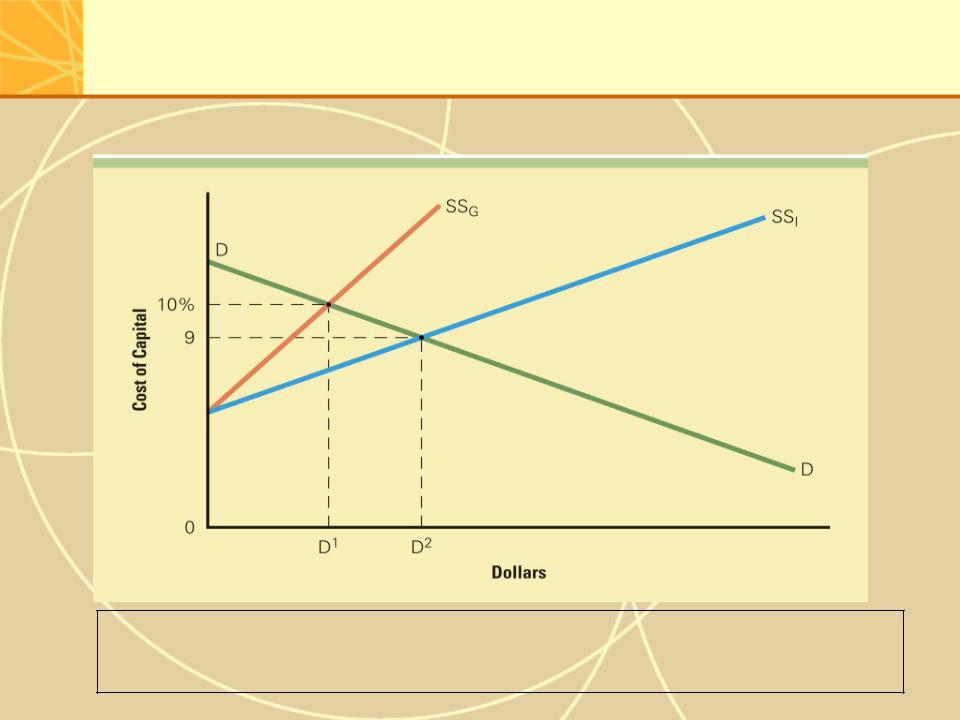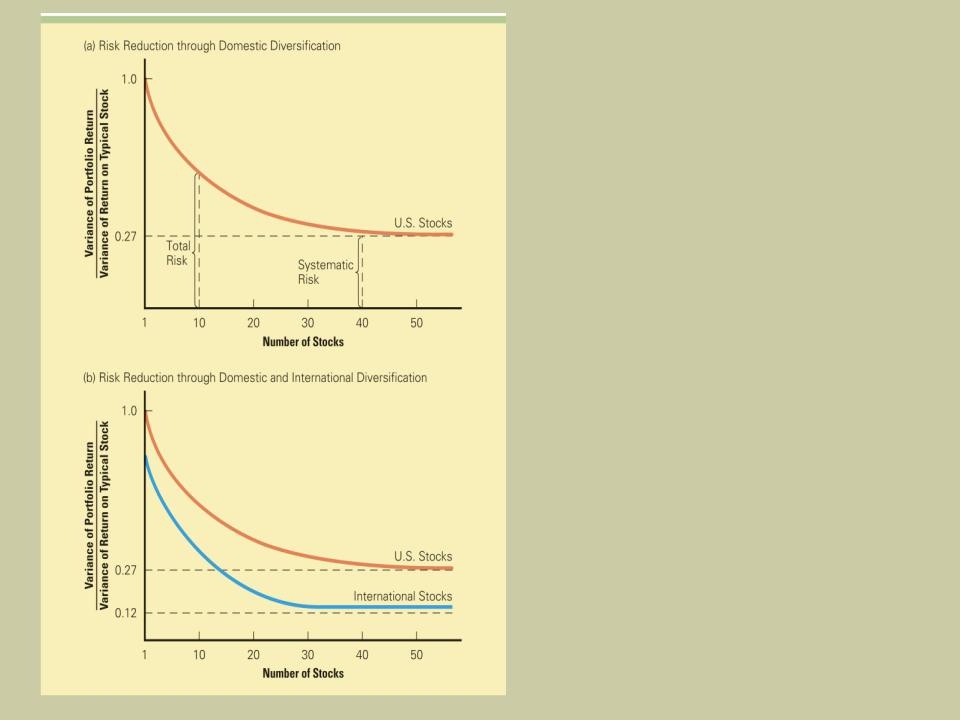
- •The Global Capital Market
- •Introduction
- •Benefits Of The Global Capital Market
- •Functions Of A Generic Capital Market
- •Functions Of A Generic Capital Market
- •Attractions Of The Global Capital Market
- •Attractions Of The Global Capital Market
- •Attractions Of Global Capital Market (GCM)
- •Figure 11.3: Risk Reduction
- •Growth Of The Global Capital Market
- •Growth Of The Global Capital Market
- •Growth Of The Global Capital Market
- •Growth Of The Global Capital Market
- •Global Capital Market Risks
- •The Eurocurrency Market
- •Genesis And Growth Of The Market
- •Growth Of The Global Capital Market
- •Attractions Of The Eurocurrency Market
- •Attractions Of The Eurocurrency Market
- •Drawbacks Of The Eurocurrency Market
- •The Global Bond Market
- •Attractions Of The Eurobond Market
- •The Global Equity Market
- •Foreign Exchange Risk
- •Implications For Managers

The Global Capital Market

Introduction
The rapid globalization of capital markets facilitates the free flow of money around the world
Traditionally, national capital markets have been separated by regulatory barriers
Therefore, it was difficult for firms to attract foreign capital
Many regulatory barriers fell during the 1980s and 1990s, allowing the global capital market to emerge
Today, firms can list their stock on multiple exchanges, raise funds by issuing equity or debt to investors from around the world, and attract capital from international investors
11-2

 Benefits Of The Global Capital Market
Benefits Of The Global Capital Market
There are market functions that are shared by both domestic and international capital markets
However, global capital markets offer some benefits not found in domestic capital markets
11-3

 Functions Of A Generic Capital Market
Functions Of A Generic Capital Market
Capital markets bring together investors and borrowers
Investors include corporations with surplus cash, individuals, and non-bank financial institutions
Borrowers include individuals, companies, and governments
Markets makers are the financial service companies that connect investors and borrowers, either directly or indirectly
Commercial banks are indirect market makers, and investment banks are direct market makers (http://en.wikipedia.org/wiki/Investment_bank)
Capital market loans can be equity (stock) or debt ( cash loans or bonds)
11-4

 Functions Of A Generic Capital Market
Functions Of A Generic Capital Market
Figure 11.1: The Main Players in a Generic Capital Market
11-5

Attractions Of The Global Capital Market
Borrowers benefit from:
the additional supply of funds global capital markets provide
the associated lower cost of capital (the price of borrowing money or the rate of return that borrowers pay investors)
The cost of capital is lower in international markets because the pool of investors is much larger than in the domestic capital market
11-6

Attractions Of The Global Capital Market
Figure 11.2: Market Liquidity and the Cost of Capital
SSg supply of money in German market; SSi is supply in global market
So …. more $’s for less costs
11-7

 Attractions Of Global Capital Market (GCM)
Attractions Of Global Capital Market (GCM)
Investors also benefit from the wider range of investment opportunities in GCMs that allow them to diversify their portfolios and lower their risks
Studies show that fully diversified portfolios are only about 27 percent as risky as individual stocks
International portfolio diversification is even less risky because the movements of stock prices across countries are not perfectly correlated
This low correlation reflects the differences in nations’ macroeconomic policies and economic policies and how their stock markets respond to different forces, and nations’ restrictions on cross-border capital flows
11-8

Figure 11.3: Risk Reduction
through Portfolio
Diversification
In probability theory the expected value (or
expectation value,) of a discrete random variable is the sum of the probability of each possible outcome of the experiment multiplied by the outcome value (or payoff).

Growth Of The Global Capital Market
Global capital markets are growing at a rapid paceIn 1990, the stock of cross-border bank loans was just $3,600 billion
By 2006, the stock of cross border bank loans was $17,875 billion
The international bond market shows a similar pattern with $3,515 billion in outstanding international bonds in 1997, and $17, 561 billion in 2006
International equity offerings were $18 billion in 1997 and $377 billion in 2006
11-10
